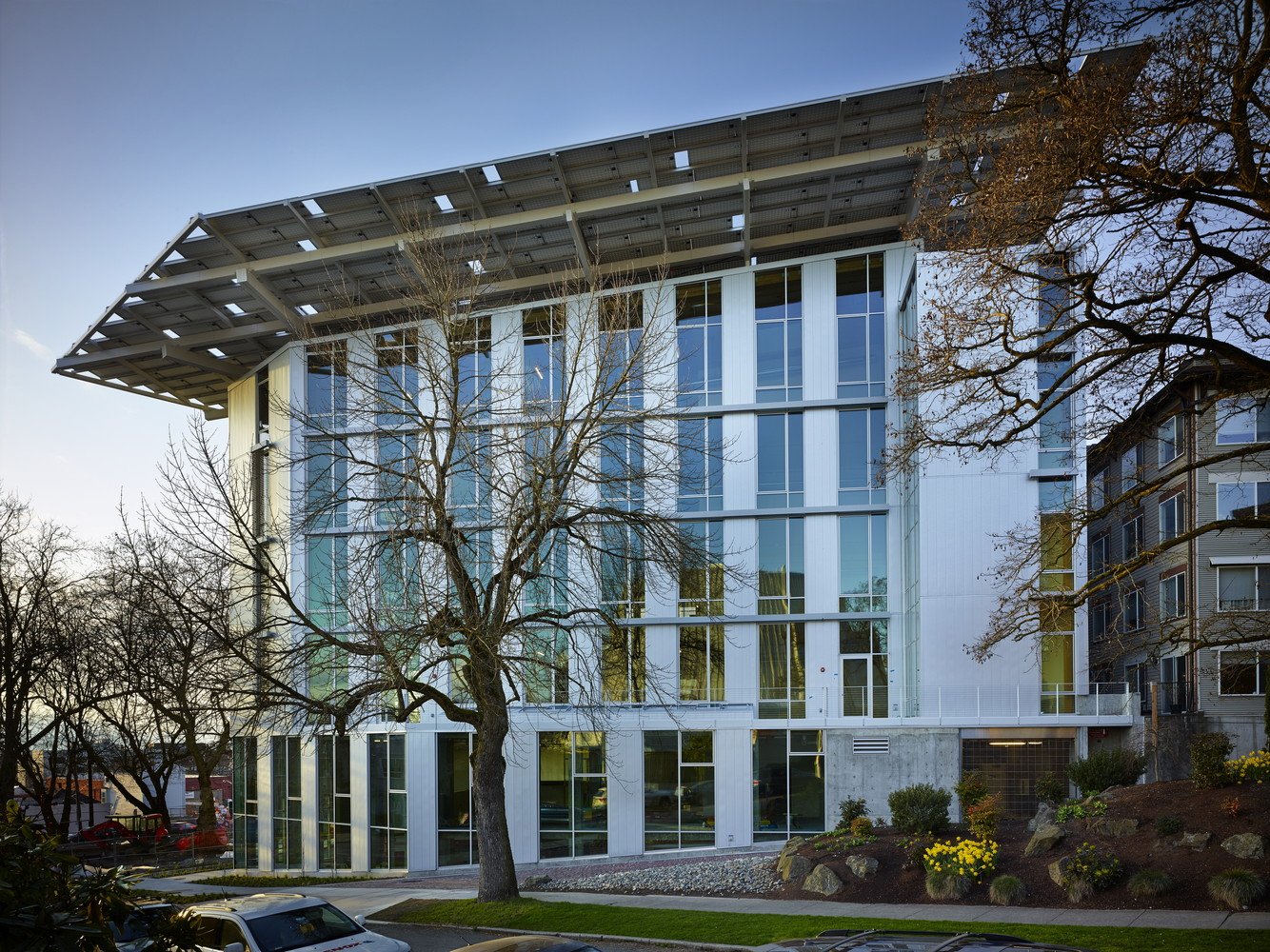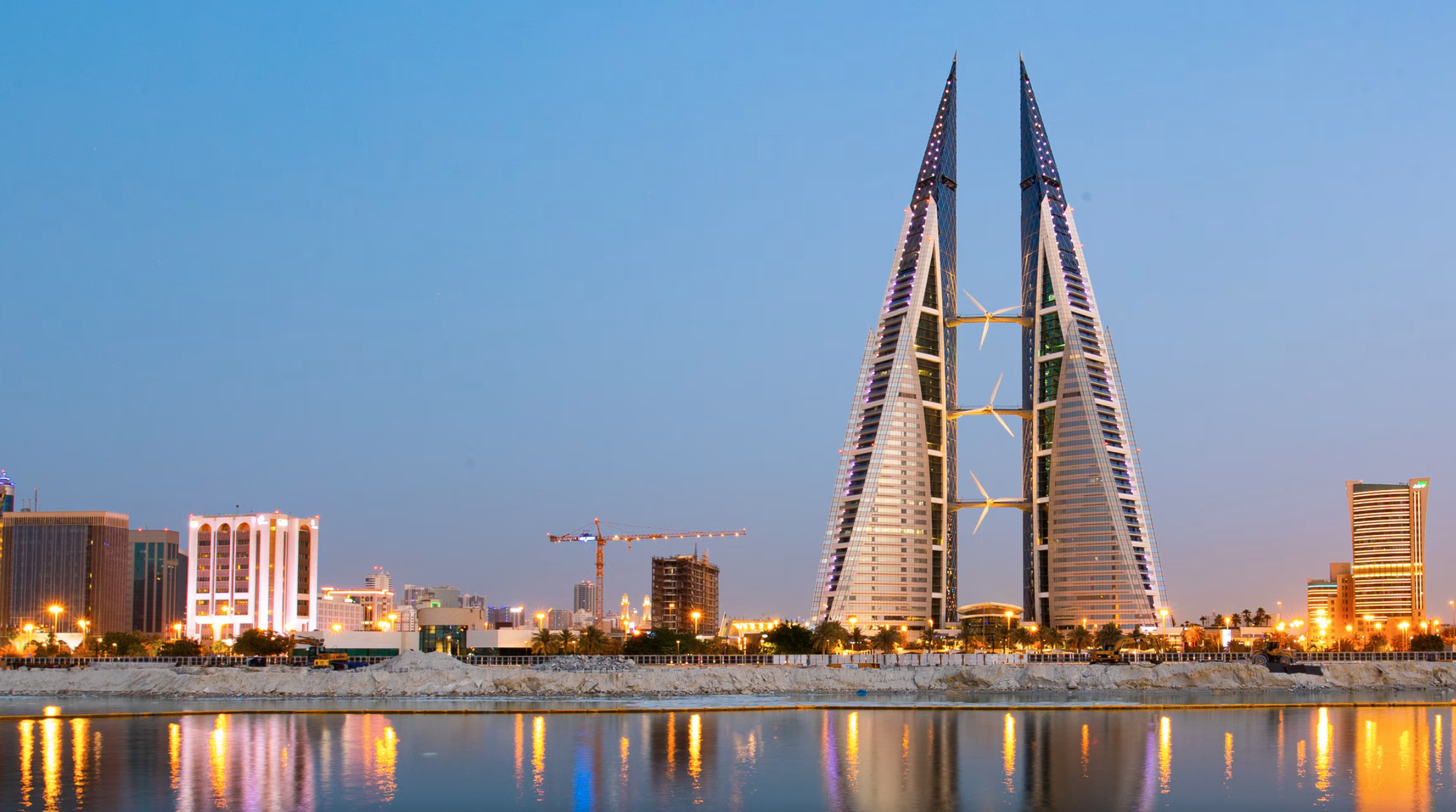Unraveling the Myths: Demystifying Sustainability in Building Design and Construction
In the realm of building design and construction, sustainability has emerged as a guiding principle, promising environmental stewardship, economic viability, and enhanced human well-being. However, amidst the fervor for sustainable practices, misconceptions often obscure the reality of their benefits and feasibility. In this article, we embark on a journey to debunk common myths surrounding sustainability in building design and construction, offering nuanced insights, real-world examples, and authoritative sources to illuminate the truth and inspire informed action.
Myth 1: Sustainable buildings are too expensive to build.
Reality: While the initial costs of sustainable construction may appear daunting, the long-term economic benefits far outweigh the upfront investment. Sustainable buildings typically yield significant savings through reduced energy and water consumption, lower operating costs, and improved occupant productivity. For instance, the Rocky Mountain Institute's Innovation Center showcases how sustainable design can lead to a 50% reduction in energy use compared to conventional buildings, resulting in substantial cost savings over time.
Micheile Henderson, Rotterdam
Myth 2: Sustainable buildings are less comfortable or aesthetically pleasing.
Reality: On the contrary, sustainable design principles prioritize occupant comfort and aesthetic appeal. By harnessing natural light, optimizing ventilation, and ensuring superior indoor air quality, sustainable buildings create inviting, healthful spaces that enhance user experience. The Bullitt Center in Seattle exemplifies this, blending sustainability with architectural elegance to create a vibrant, people-centric environment that fosters well-being and productivity.
Myth 3: Sustainable materials are hard to find and limited in variety.
Reality: The market for sustainable materials is rapidly expanding, offering a diverse array of options that meet both environmental and performance criteria. From reclaimed wood and recycled steel to low-impact concrete and bio-based composites, designers have access to a wealth of eco-friendly materials that elevate sustainability without compromising quality or aesthetics. The use of cross-laminated timber (CLT) in projects like T3 Minneapolis underscores the versatility and viability of sustainable materials in modern construction.
Myth 4: Green buildings require high-tech solutions.
Reality: While some sustainable technologies may be cutting-edge, many green building strategies are rooted in simplicity and affordability. From passive solar design and natural ventilation to rainwater harvesting and green roofs, sustainable practices emphasize resource efficiency and resilience without relying solely on advanced technology. The Green School in Bali exemplifies this ethos, harnessing natural resources and indigenous building techniques to create a self-sustaining educational campus powered by renewable energy.
Myth 5: Green buildings are only beneficial for the environment, not for people.
Reality: Sustainable buildings prioritize the health and well-being of occupants, offering numerous benefits beyond environmental conservation. By minimizing exposure to toxins, enhancing indoor air quality, and promoting biophilic design principles, green buildings foster healthier, more productive living and working environments. The WELL Building Standard exemplifies this holistic approach, integrating human-centric design principles with environmental sustainability to optimize occupant health and performance.
Myth 6: Sustainable buildings are only feasible for new construction projects.
Reality: Retrofitting existing buildings with sustainable features can yield substantial environmental and economic benefits, extending the lifespan of structures and reducing their ecological footprint. Through upgrades such as energy-efficient lighting, insulation, and HVAC systems, existing buildings can achieve significant improvements in energy efficiency and operational performance. The Empire State Building's retrofit project showcases the transformative potential of sustainable renovations, resulting in a 38% reduction in energy consumption and millions of dollars in annual savings.
Myth 7: Green buildings sacrifice performance or functionality for sustainability.
Reality: Sustainable design integrates environmental considerations without compromising performance or functionality. By optimizing building orientation, layout, and systems integration, green buildings can enhance energy efficiency, thermal comfort, and operational performance. The Pixel Building in Melbourne exemplifies this synergy, combining passive design strategies with innovative technologies to achieve carbon neutrality and superior performance metrics without sacrificing functionality or user experience.
Myth 8: Green buildings are only suitable for certain climates or regions.
Reality: Sustainable design principles are adaptable to diverse climatic conditions and geographic locations, with strategies tailored to local contexts to maximize energy efficiency and environmental performance. Whether in temperate zones, arid landscapes, or tropical regions, green building techniques such as passive solar design, natural ventilation, and thermal mass can be customized to optimize performance and comfort. The Bahrain World Trade Center, with its pioneering wind turbines harnessing the Gulf's natural breeze, exemplifies the application of sustainable design principles in a hot, arid climate.
Myth 9: Sustainable buildings require complex maintenance and operations.
Reality: Properly designed sustainable buildings often require simpler maintenance and operations, thanks to durable materials, efficient systems, and streamlined processes. By prioritizing durability, ease of maintenance, and life-cycle performance, green buildings minimize the need for costly repairs and upgrades while maximizing operational efficiency and resilience. The Bullitt Center's innovative water and waste management systems demonstrate how sustainable design can simplify operations and reduce long-term maintenance costs, ensuring ongoing performance and occupant satisfaction.
Myth 10: Green building certification is the only way to ensure sustainability.
Reality: While certifications like LEED or BREEAM provide valuable benchmarks for sustainability, they are not the only indicators of green building performance. Sustainability can be achieved through various approaches, including integrated design processes, performance-based metrics, and stakeholder engagement, without necessarily pursuing formal certification. By prioritizing measurable outcomes, continuous improvement, and transparent reporting, stakeholders can ensure that sustainability goals are met effectively and efficiently.
To conclude, as we dispel the myths surrounding sustainability in building design and construction, it becomes evident that green buildings are not only feasible but also desirable solutions for creating resilient, eco-friendly environments that prioritize people, the planet, and prosperity. By embracing innovative technologies, leveraging sustainable materials, and adopting holistic design principles, we can forge a path towards a more sustainable future, where buildings not only shelter but also inspire, nurture, and thrive in harmony with nature.
Sources:
Rocky Mountain Institute: https://rmi.org/
Bullitt Center: https://www.bullittcenter.org/
T3 Minneapolis: https://www.t3office.com/minneapolis/
Green School Bali: https://www.greenschool.org/bali/
WELL Building Standard: https://www.wellcertified.com/
Empire State Building: https://www.esbnyc.com/
Pixel Building: https://architizer.com/projects/pixel-building/
Bahrain World Trade Center: http://www.bahrainwtc.com/
BREEAM: https://www.breeam.com/









